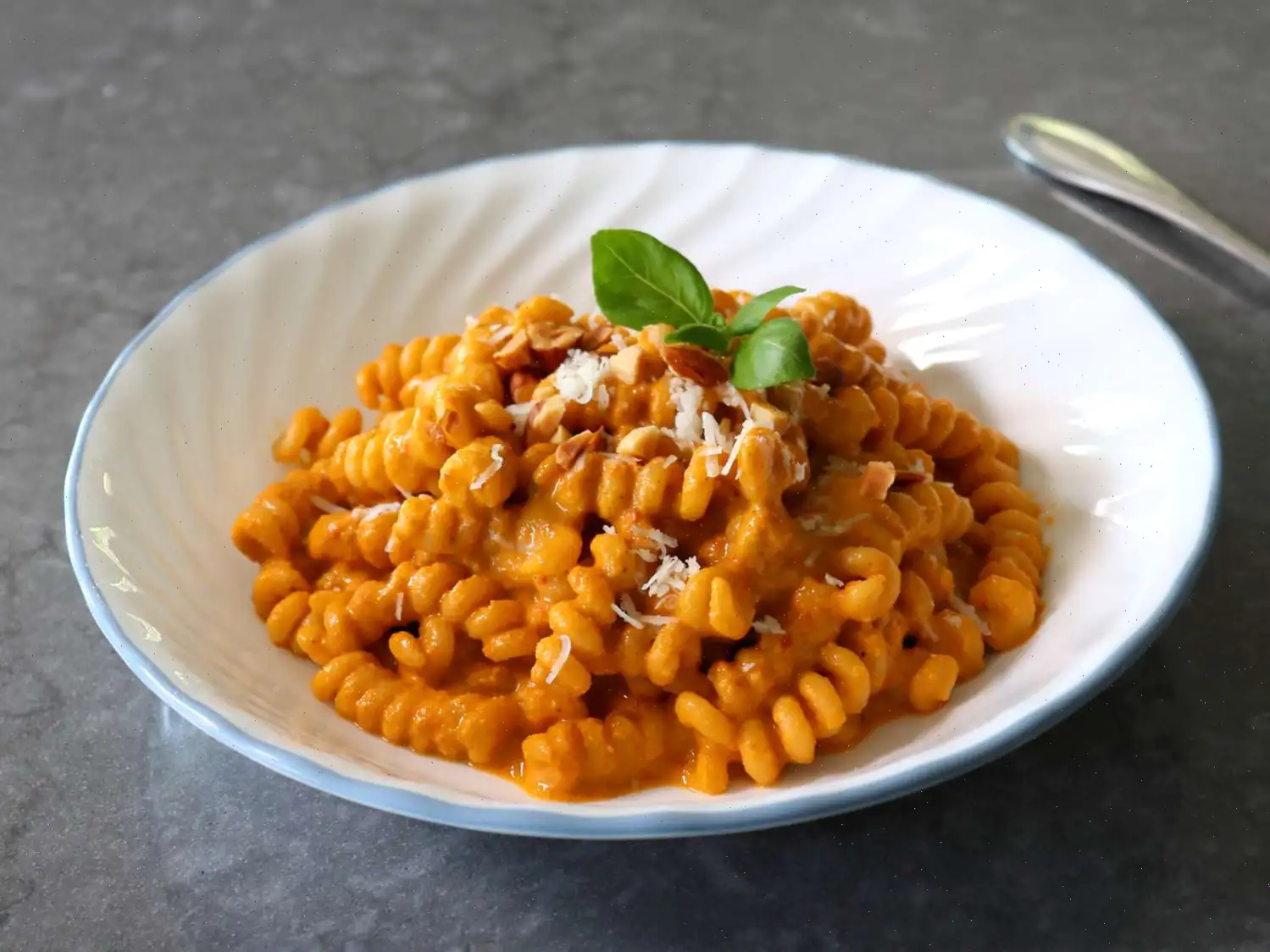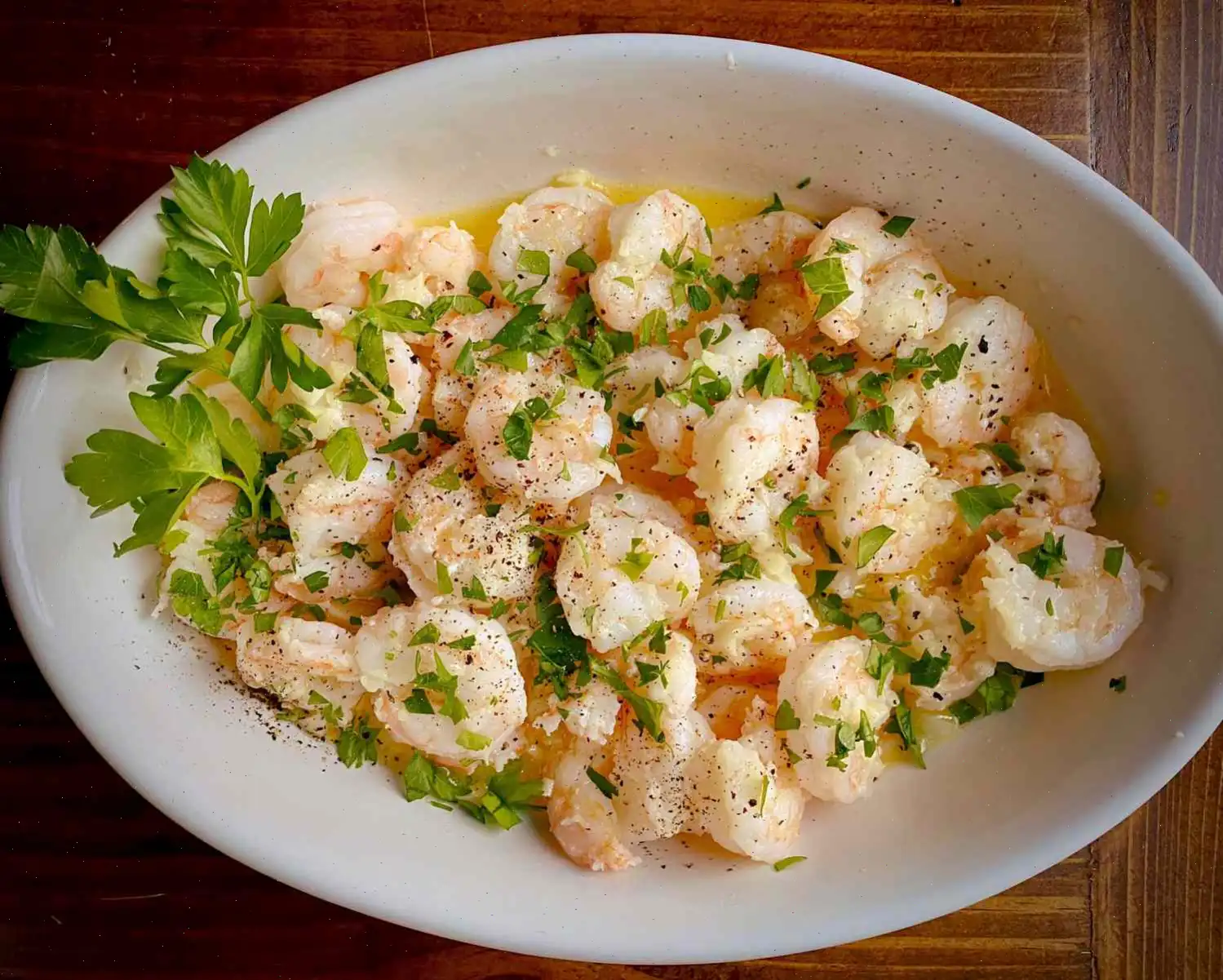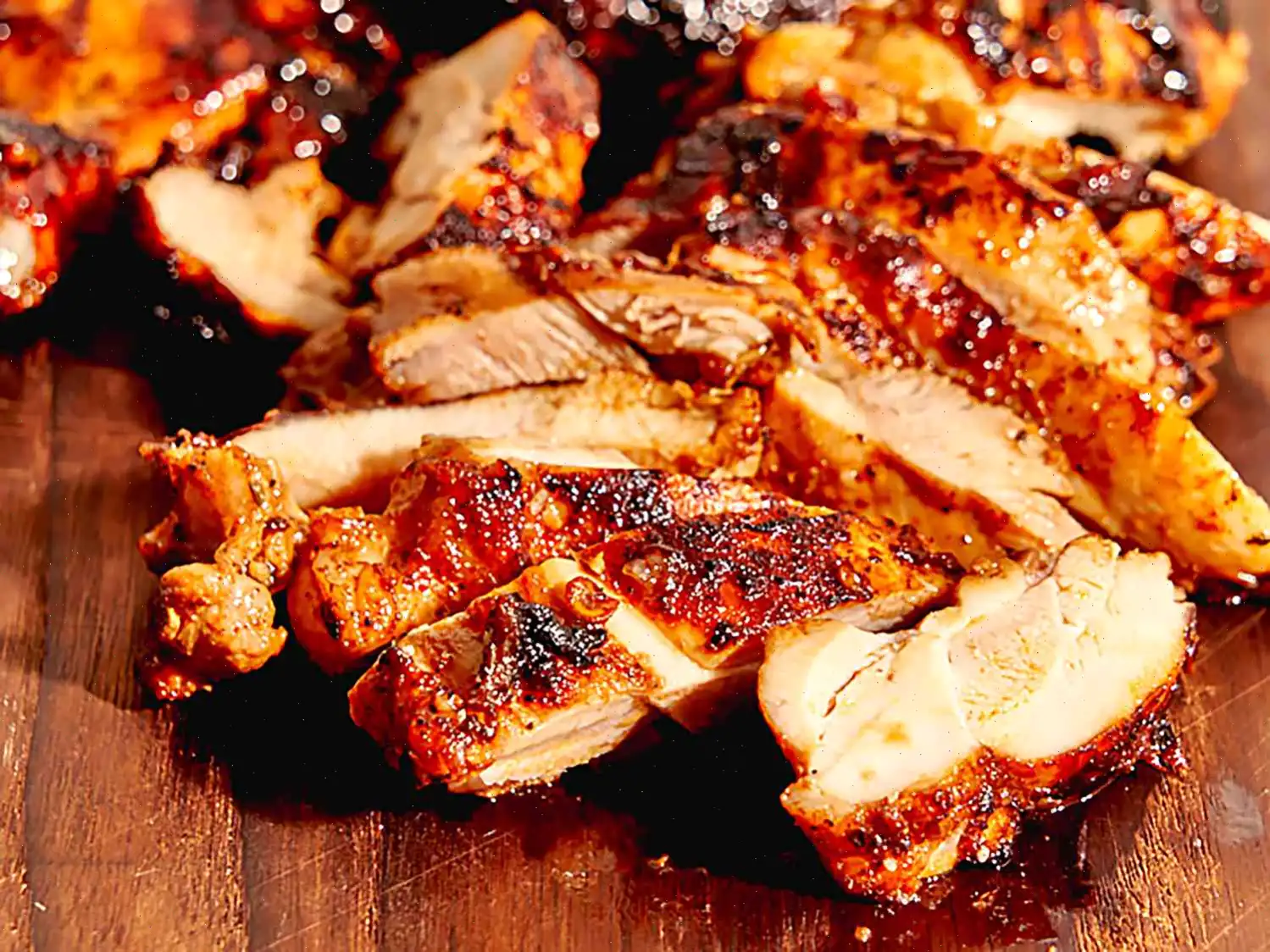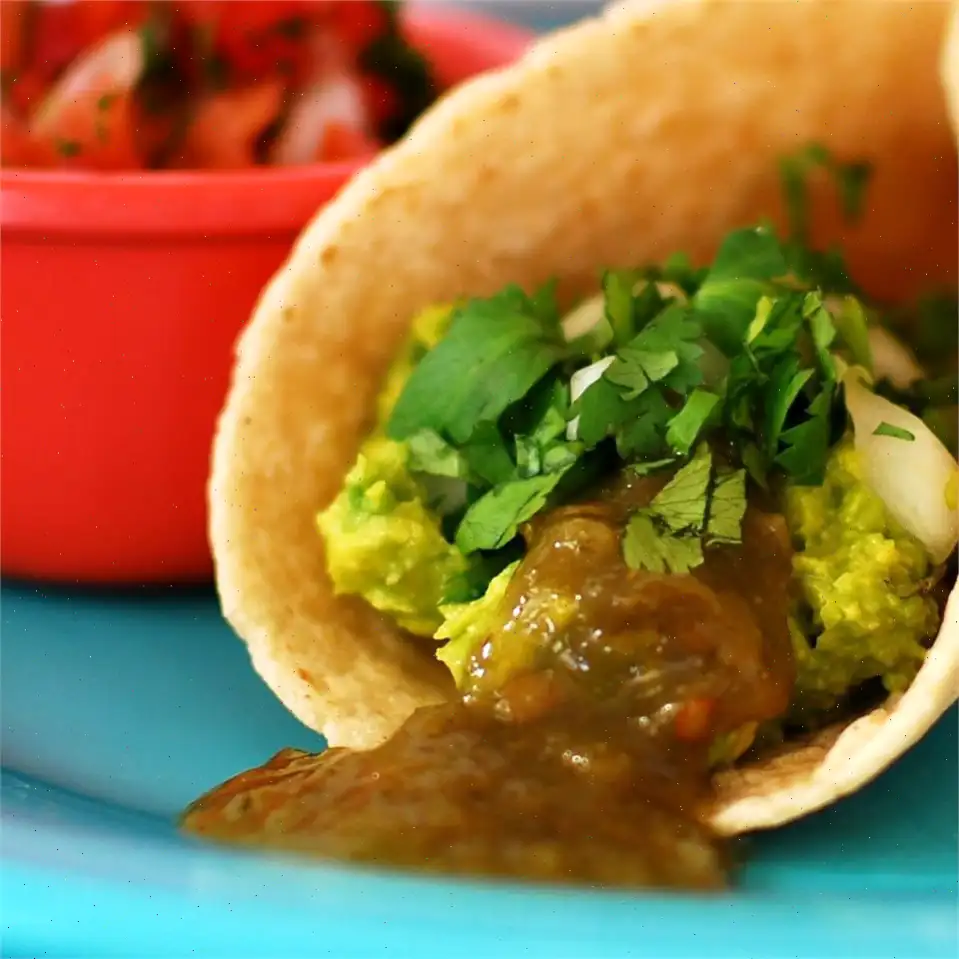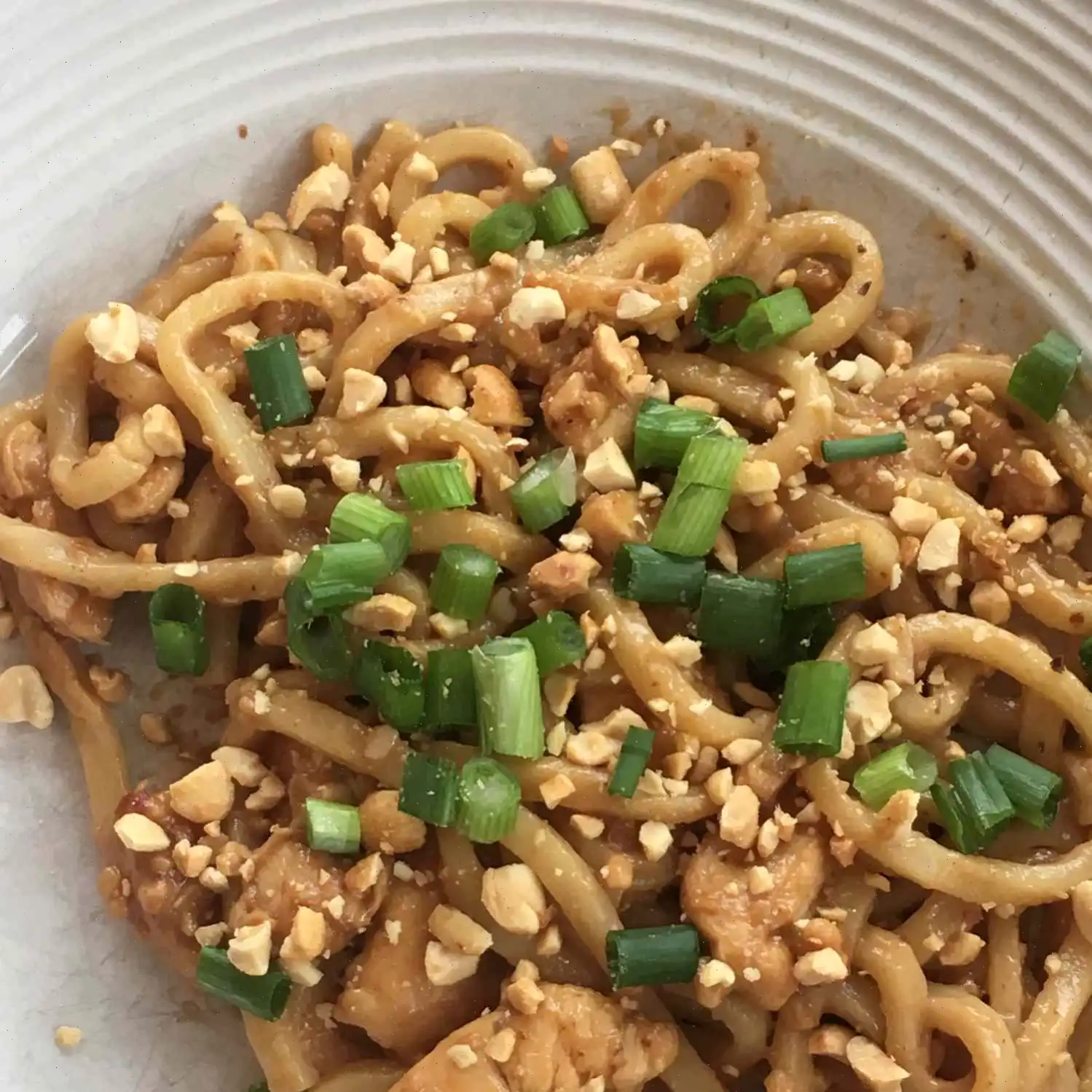
Pasta alla Trapanese (Sicilian Tomato Pesto) Recipe
Whenever we visit my wife, Micheles, parents, my father-in-law, Al, always passes along a few local, Sacramento area magazines hes saved for us. Theyre usually recipes or food articles he thinks I may be interested in. In fact, sometimes hell do something people almost never do these days: Hell actually walk to the post office and mail us the piece to read. Yes, just like before the Internet.
We had lunch recently and he passed along a magazine with a feature on heirloom tomatoes. I read and enjoyed the article, but only skimmed the serving suggestions that were interspersed throughout. Luckily, Michele was paying much closer attention, and pointed out a picture of Pasta alla Trapanese, a dish I hadnt yet posted on the channel.
Notes From the Chef
I started experimenting with Italys other pesto sauce, and Im very excited to be sharing it with you. Here are some notes:
- You can use any type of ripe, summer tomatoes, but I think sweet, easy to find cherry tomatoes are the best choice.
- If you want to enjoy this like our Sicilian friends, youll need to find some busiate, but any similarly shaped pasta will do.
- No matter what you use, I love this easy, raw sauce, and really do hope you give it a try soon. Enjoy!
Ingredients
This recipe was developed at its original yield. Ingredient amounts are automatically adjusted, but cooking times and steps remain unchanged. Note that not all recipes scale perfectly. Original recipe (1X) yields 8 servings.
- 1/2 cup whole roasted almonds
- 4 cloves garlic
- 1 teaspoon kosher salt, plus more to taste
- 1 cup grated pecorino Romano cheese, plus more to taste
- 1 cup packed fresh basil leaves
- 4 mint leaves (optional)
- 1/2 cup extra virgin olive oil
- 1 pound red cherry tomatoes or red grape tomatoes
- 1 pound busiate pasta, or other curly shaped pasta, such as fusilli
Directions
Step 1: Bring about 2 cups of water to a boil, remove from the heat, and stir in almonds. Let sit for 3 to 4 minutes. Drain and once cool enough to handle, rub skins off with your hands. Alternatively, transfer drained almonds to a kitchen towel, fold up the towel, and rub almonds until skins come off.
Step 2: Crush sliced garlic with kosher salt in a mortar and pestle into a smooth paste. Alternatively, place garlic on a board, sprinkle kosher salt on top, and use the flat side of the knife to flatten, mash, and scrape the garlic and salt mixture until it is a smooth paste.
Step 3: Add peeled almonds to the jar of a blender, followed by the cheese, basil, mint, garlic paste, oil, and tomatoes. Add the ingredients in this order, so that the almonds and cheese have a chance to grind before the wetter ingredients mix in. Begin to pulse blender on and off until almonds and cheese are ground, then continue to pulse until remaining ingredients are incorporated. Blend on high until the pesto is as coarse or smooth as you like.
Step 4: Taste for salt, and adjust. Set aside while pasta is cooking.
Step 5: Bring a large pot of lightly salted water to a boil. Cook busiate pasta in the boiling water, stirring occasionally, until tender yet firm to the bite, about 12 minutes. Transfer pasta into a bowl with a strainer. Reserve starchy cooking liquid.
Step 6: Add about 1/3 cup of the pasta water into the bowl, then transfer in the pesto, along with a large pinch of salt, and toss to coat. More pasta water can be added to adjust the texture. Once mixed, add another optional handful of cheese, and toss one last time.
Step 7: Serve immediately and enjoy!
Nutrition Facts (per serving)
- Calories: 312
- Fat: 21g
- Carbs: 22g
- Protein: 9g
- Saturated Fat: 4g
- Cholesterol: 10mg
- Sodium: 348mg
- Dietary Fiber: 3g
- Total Sugars: 2g
- Vitamin C: 9mg
- Calcium: 147mg
- Iron: 1mg
- Potassium: 244mg
Percent Daily Values are based on a 2,000 calorie diet. Your daily values may be higher or lower depending on your calorie needs.
The History of Pasta alla Trapanese
Pasta alla Trapanese originates from the city of Trapani, located on the western coast of Sicily. This dish reflects the islands rich culinary history, blending Arab, Norman, and Mediterranean influences. Historically, the recipe was created as a local adaptation of the classic Ligurian pesto, which traveled across Italy via trade routes. Sicilian cooks substituted pine nuts with almonds, which were more abundant on the island, and incorporated sun-ripened cherry tomatoes, creating a uniquely Sicilian flavor profile that celebrates the region's fresh produce and aromatic herbs.
Regional Characteristics
The dish is strongly tied to Sicilys western coast, especially Trapani and its surrounding towns. The use of almonds, fresh basil, and mint gives it a bright, nutty, and slightly sweet flavor distinct from northern Italian pesto. Busiate pasta, a corkscrew-shaped local specialty, is traditionally used to hold the sauce well, although other twisted or spiral pastas like fusilli can be substituted. Sicilian cuisine often emphasizes simplicity and seasonality, and this dish embodies both, particularly during the summer months when cherry tomatoes are at their peak.
Differences from Similar Dishes
Unlike the more widely known Pesto Genovese, which uses pine nuts and Parmesan cheese, Pasta alla Trapanese features toasted almonds and Pecorino Romano cheese. The addition of fresh tomatoes gives the sauce a vibrant red color and a fresh, slightly tangy flavor. While both are pesto sauces, the Trapanese version is less oily and has a lighter, more herbaceous taste. The use of local Sicilian ingredients sets it apart from other regional pastas in Italy, making it a truly unique culinary experience.
Typical Serving Occasions
Pasta alla Trapanese is commonly served as a first course (primo piatto) in Sicilian homes and trattorias. It is often enjoyed at family gatherings, festive occasions, and summer lunches when fresh tomatoes are abundant. This dish can be paired with a light white wine from Sicily, such as Grillo or Inzolia, enhancing the bright flavors of the almonds and tomatoes. In restaurants, it is sometimes served as part of a multi-course meal or as a seasonal specialty highlighting local ingredients.
Interesting Facts
- The word "busiate" comes from "busa," a traditional tool used to twist the pasta by hand.
- The recipe was historically a way for local fishermen and farmers to use fresh, readily available ingredients without heavy cooking.
- Some modern variations include the addition of seafood, such as shrimp or anchovies, reflecting Sicilys coastal influence.
- The pesto can be made in advance and frozen in small portions, making it convenient for quick meals without losing its fresh taste.
- Almonds were introduced to Sicily by the Arabs, who had a major influence on Sicilian agriculture and cuisine.
You can listen to this recipe in AI audio format. Simply click the play button below to listen to the content in a format that suits you best. It’s a great way to absorb information on the go!
FAQ about Pasta alla Trapanese (Sicilian Tomato Pesto) Recipe
Comments
Anthony Jackson
06/24/2023 03:13:36 AM
I prepared this dish for my very selective wife, and she declared it the best meal I've ever made for her. Unfortunately, upon returning home, I discovered that the bag of almonds I had set aside was missing. In a pinch, I decided to use an equal amount of pumpkin seeds, which I toasted before blending them into the pesto. I also sprinkled some extra toasted seeds on top for added flavor. Regrettably, I didn't take any photos of the final dish. Overall, this recipe was quick, simple, and incredibly tasty. I will definitely be making it again for guests, pretending that I'm an expert chef!
Frank Anderson
12/29/2022 12:44:40 PM
I came across Pasta Grammar's video on YouTube this morning and was inspired to look up a recipe to try it out myself! Luckily, I had fresh basil and tomatoes from my own garden. This pasta dish turned out absolutely delicious, and I'm thrilled that I decided to give it a go. In fact, I ended up making a double batch and freezing it in ice cube containers for later. Thank you so much for the wonderful recipe!
Gregory Williams
01/15/2025 05:36:22 AM
The recipe made no changes and we will definitely be adding it to our lineup of summer cold pasta dishes! ❤️✨
Michelle Wright
03/31/2025 02:48:59 PM
I made a generous amount of sauce with this recipe. I used part of it to marinate two pounds of shrimp for 15 minutes and still had plenty left to coat a pound of pasta. I grilled the shrimp and served them on top of the pasta. I might add a touch of cayenne next time. Thank you, Chef John, for introducing me to a new favorite dish for summer/early fall.
Emily Adams
05/09/2024 10:01:29 PM
The dish was delicious and perfect for a hot summer evening. I adjusted the recipe for 2 servings and it turned out great. Next time, I'll blend it a bit more finely and let it sit longer for the flavors to blend better. The store-bought pasta water lacked enough starch to thicken it, so I might try adding a cornstarch and water mixture next time.
Ronald Sanchez
12/26/2023 09:05:13 AM
The food processor is superior to the blender.
Nancy Adams
05/10/2023 06:31:39 PM
It was excellent and a fantastic way to make good use of an excess of tomatoes.
Samuel Green
03/29/2023 09:50:08 AM
Absolutely delightful! With an abundance of cherry tomatoes and basil flourishing in our garden, this pesto was the ultimate showcase of our fresh produce. I opted to drizzle it over a homemade white pan pizza post-oven, and the result was a hit with everyone. We even had extra pesto to share with our friends, although I couldn't snap a photo in time – the dish disappeared within minutes!


